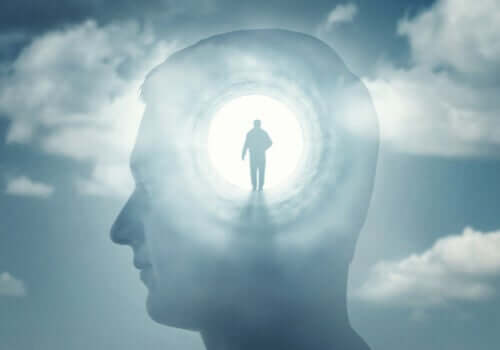Consciousness has been studied since the beginning of philosophy, and from this study has emerged the psychopathology of consciousness, however, 2500 years later, there does not yet seem to be a consensus on the definition of this construct.
Descartes spoke of the mind and his efforts were aimed at understanding what it meant to a mind to be able to say something about itself. Block (1995) spoke of two types of consciousness, and Chalmers (1998) assumed it would take a century or two. to solve this problem.
- Currently.
- Experts are studying psychological awareness to see if there are neural correlates with conscious states (Perez.
- 2007).
- The lines of research do not seem to be in line with the object of study: should we focus on the correlates of states of consciousness or on the content of consciousness?.
Although the definition of consciousness does not seem clear, the truth is that there are specific disorders of consciousness. Bleuler (1857–1939), a Swiss psychiatrist, defined consciousness as “knowledge of self-knowledge”.
Thus, the person with a change of consciousness is unable to respond adequately and comprehensively to the demands of the environment, nor to internal stimuli. The psychopathology of consciousness is based on this definition.
Gasto y Penades (2011, in Santos, Hernández and Travillo, 2018) spoke of four characteristics of consciousness that become particularly relevant in the problems that we will present below:
Consciousness disorders are organized according to the part of the body or brain they affect, taking as a reference point the CeDe manual of psychopathology PIR Preparation (2018).
Psychopathology of consciousness includes behavioral deficit disorders. They can be characterized as brain conditions in which the person has difficulty “waking up,” orienting themselves, and responding to sensory stimulation. It seems lost in time or lethargic. There are three types of impairment disorders:
Total unconsciousness occurs when the person goes into a coma, where reflexes such as the corneal pupil disappear and an EEG flattens for thirty minutes, at this point we can say that the person is no longer conscious.
In the psychopathology of consciousness we also find changes that suggest that, while there may be consciousness, it is far from reality, leading to hallucinations and delusions.
Dreaming, or delirium of sleep, is a confusion between the real and the imaginary, occurs in all productive disorders of consciousness, in this confusion the person experiences states similar to sleep, interspersed with moments of lucidity, dreams or confusion can be observed in the following disorders:
Delirium usually occurs in older adults who enter the hospital for entirely different reasons and at night they enter a state of acute confusion.
The change of context and the level of anxiety about being in the hospital are the root of this situation. The serious problem is that hospital staff often don’t know what to do. The key is to change the context.
These disorders create a lack of continuity between perception and cognition, but are characterized by seemingly “normal” behaviors, albeit full of automations.
We find twilight states as the main disorder of narrowing the field of consciousness. In the twilight state, consciousness is completely obscured, but the person’s understanding of the world, though distorted, is partial.
The behavior of the person seems to be in harmony with the environment and this is because their behavior is somewhat automated. These automatisms are involuntary movements, which means that the person performs them unconsciously. The person knew perfectly how to perform them before experiencing this twilight state.
This sets them apart from people with schizophrenia, for example, whose automations lead to strange behaviors.
Pulses can also appear in twilight states, they are impulsive behaviors without a cognitive basis, which differentiates them from compulsions that may appear, for example, in ODO.
One characteristic of twilight states is that they appear abruptly; however, they also disappear abruptly. They usually last a few hours or days and the person does not remember anything related to the episode.
The psychopathology of consciousness is also found in psychological or neurological disorders without this being the main problem of the patient, is the case of changes such as depersonalization and de-achievement, which usually appear in states of anxiety and panic and neurotics.
Depersonalization is defined by Crusader, Nut and Rojas (2013) as a change in the self-awareness of the person, the person feels distant and alien and believes that he is a mere viewer of his own mental processes and bodily movements, he can only define it. symptoms with phrases like “as if” due to the difficulty in making this description.
Depersonalization, although in psychological and psychiatric conditions, also occurs in people unchanged due to physical and emotional exhaustion, stress or lack of sleep.
Derealization is a similar change. However, this implies a change in the experience and perception of the person of the world, not of himself.

